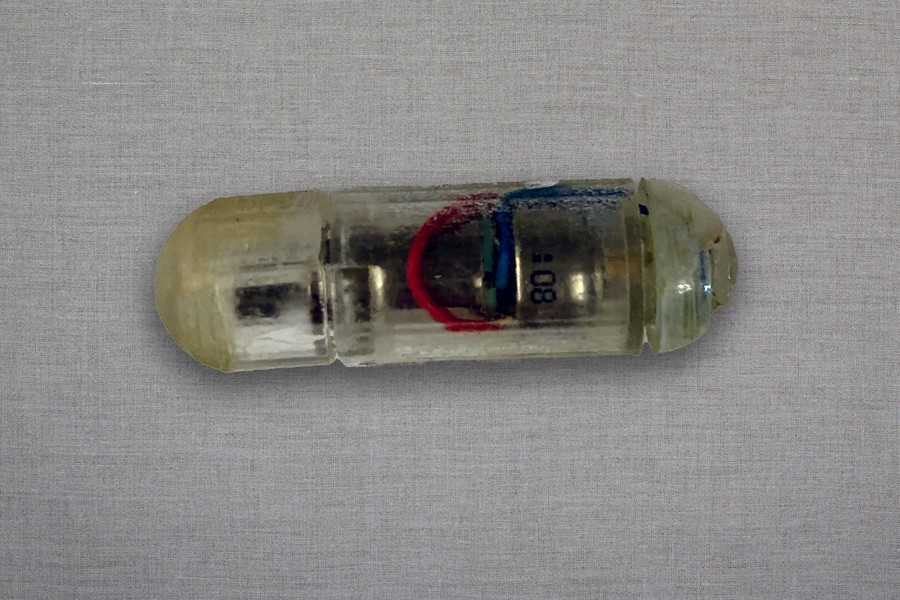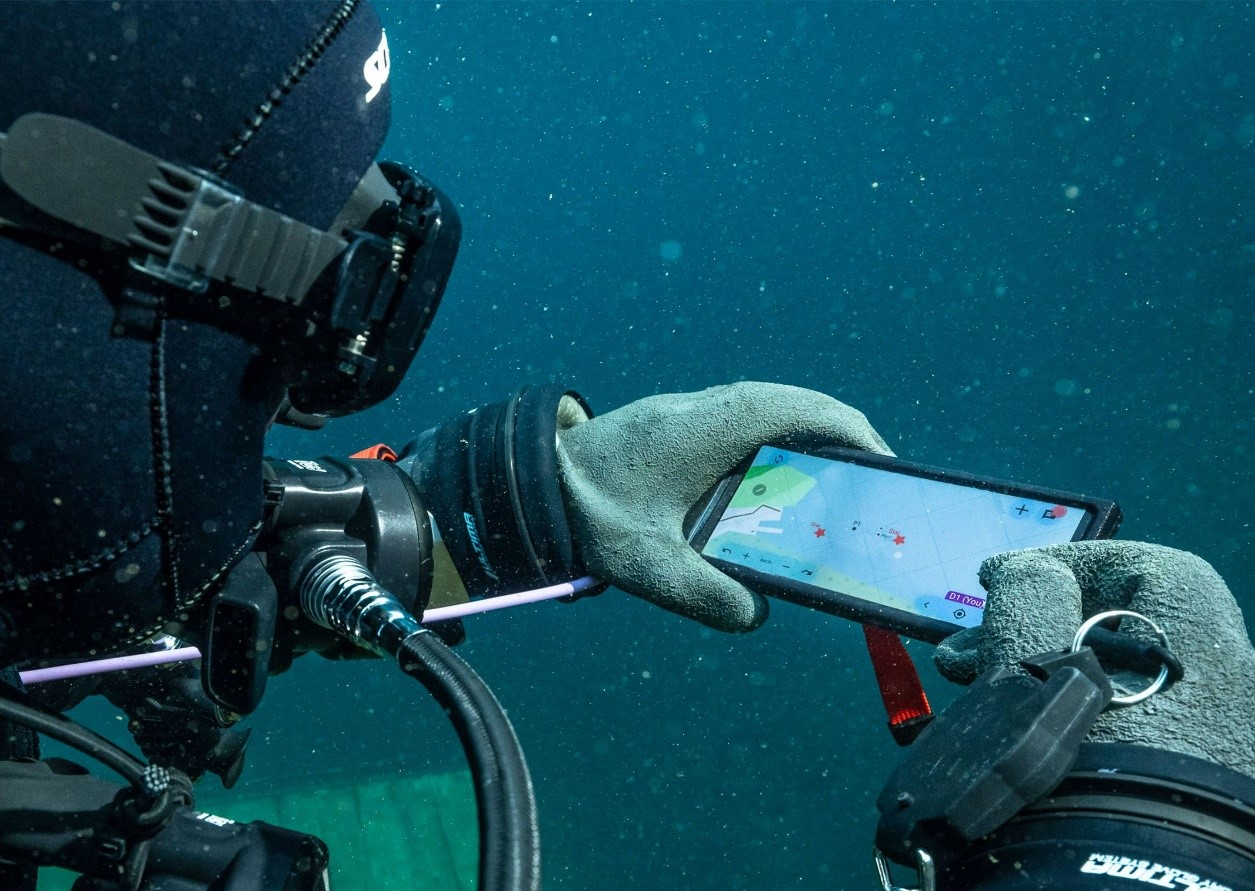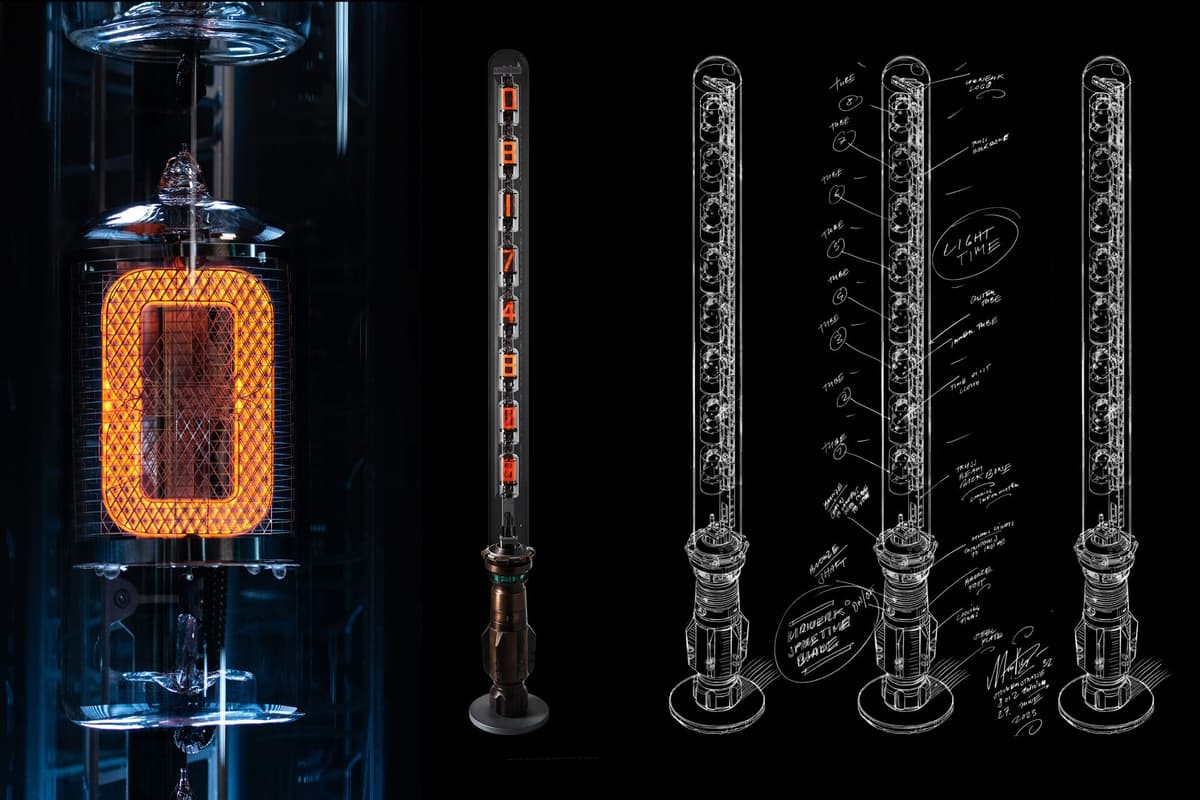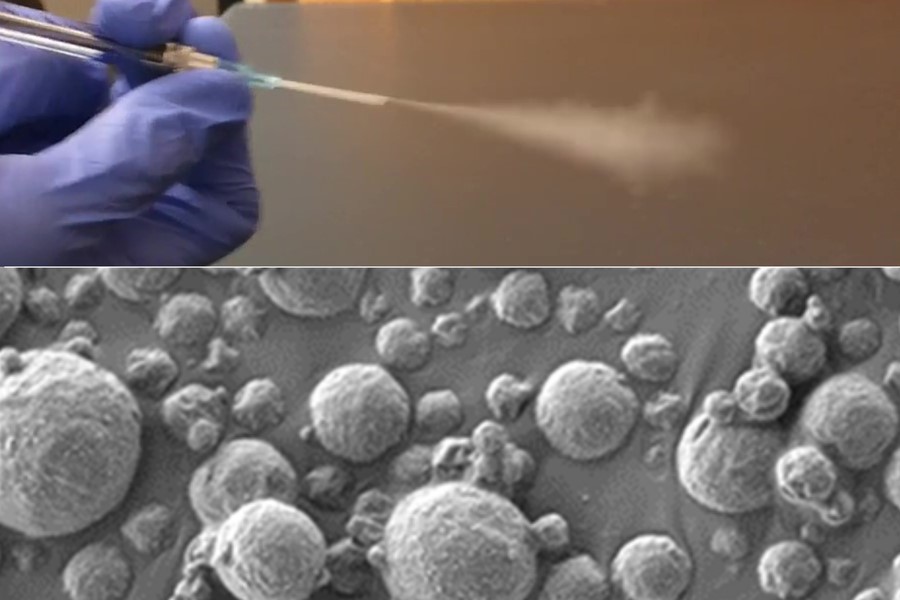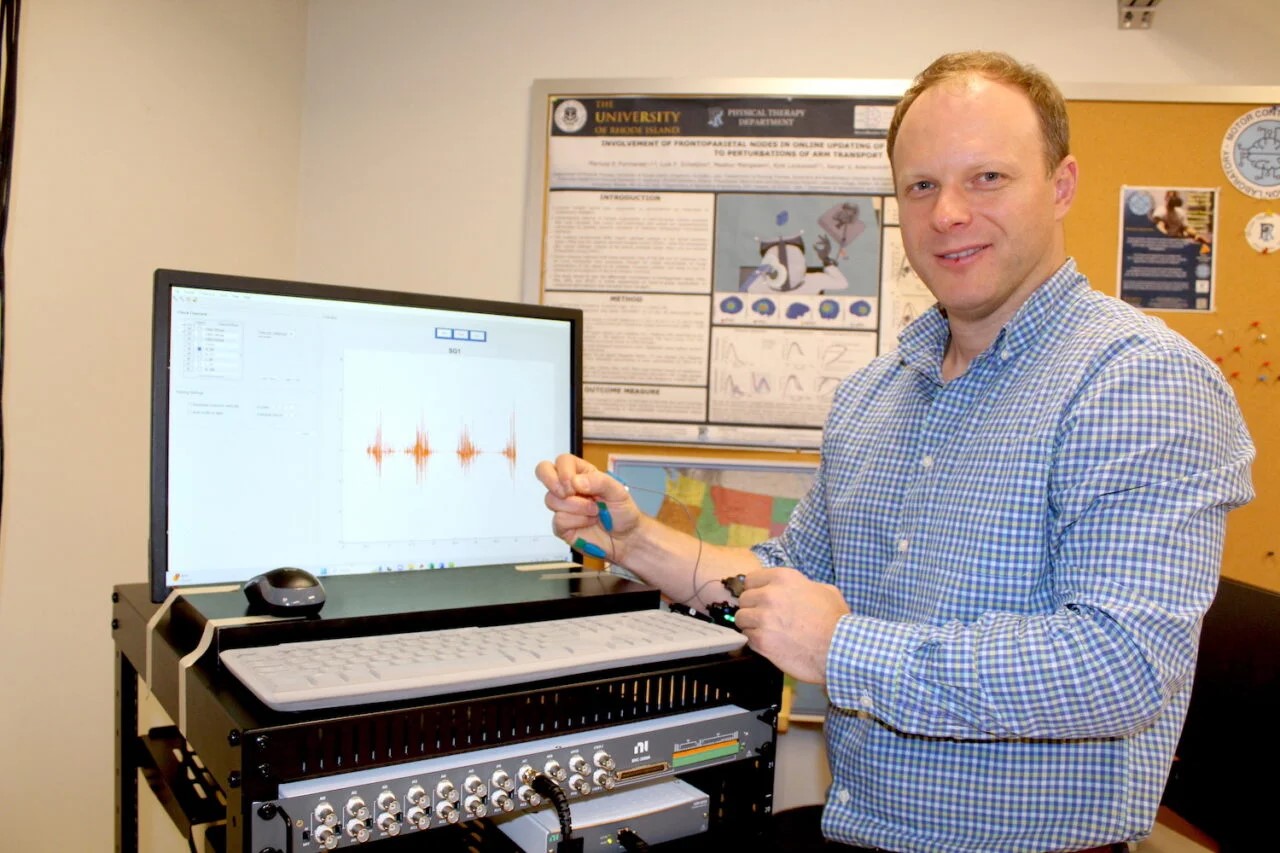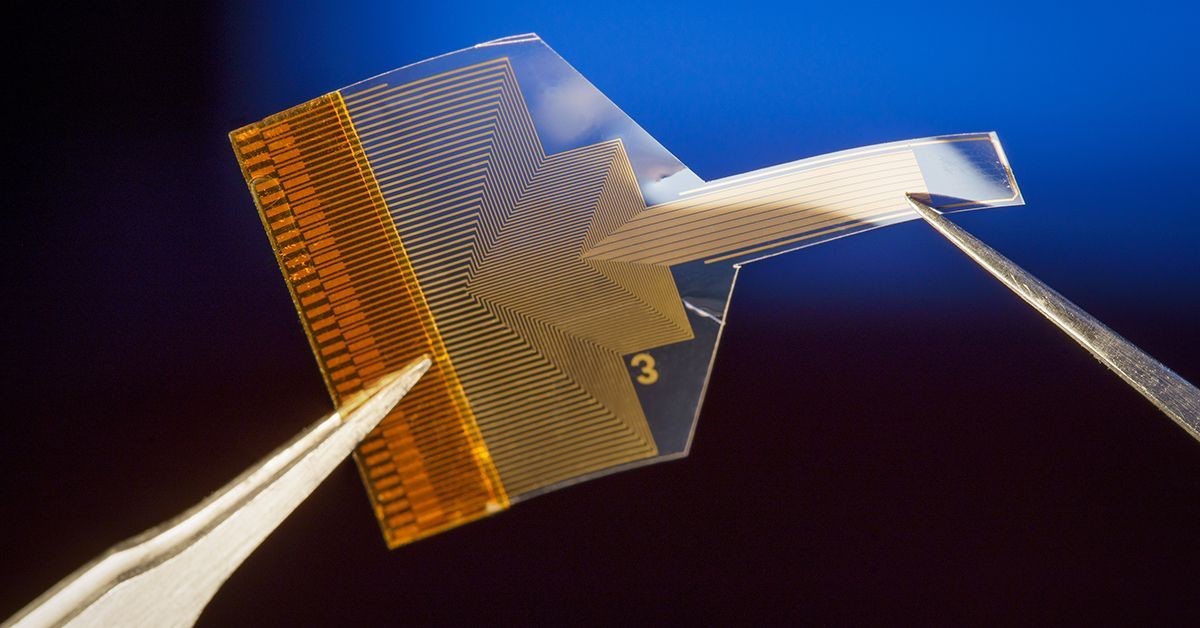Induction Welding Unleashes the Full Potential of Composite Metal Foams
Composite Metal Foams (CMFs) have emerged as a revolutionary material, exhibiting a unique combination of lightness, strength, and high-temperature insulation. At North Carolina State University, researchers have achieved a breakthrough by identifying an innovative welding technique that allows the joining of CMF components without compromising their desirable properties. This advancement holds tremendous promise for various applications, from aircraft wings to vehicle and body armor.

Figure 1. Proposed Method. (Credit: NC State University)
Understanding Composite Metal Foams (CMFs)
Figure 1 shows the method. CMFs consist of hollow metallic spheres, typically made from materials such as stainless steel or titanium, embedded in a metallic matrix composed of steel, titanium, aluminum, or other metallic alloys. The resulting material is not only lightweight but also remarkably strong, offering potential applications in diverse fields due to its exceptional thermal insulation properties.
Challenges in Welding CMF Components
Despite the promising attributes of CMFs, manufacturers faced a significant challenge in welding multiple CMF components together. Traditional fusion welding, which employs a filler to connect metal pieces, proved problematic for CMFs. The solid metal used in fusion welding lacked the desirable properties of CMFs, and direct heat welding methods filled in the porosity of CMF, impairing its unique characteristics.
Induction Welding: A Game-Changer
Researchers led by Afsaneh Rabiei, Professor of Mechanical and Aerospace Engineering at NC State, have now introduced a game-changing welding technique known as induction welding. This method utilizes an induction coil to generate an electromagnetic field that heats the metal for welding.
How Induction Welding Works for CMF
Due to CMF's composition of only 30-35% metal, the electromagnetic field of induction welding can penetrate deeply into the material, allowing for a robust weld. The remaining 65-70% of CMF, consisting of air pockets, serves as insulation against the heat. This unique feature enables induction welding to heat the targeted area for joining two CMF pieces without compromising the material's properties. The heat is contained at the join site, preventing it from spreading throughout the CMF.
Significance of the Advancement
This breakthrough in welding technology addresses a critical need in realizing the full potential of CMFs across a spectrum of applications. The properties of CMFs make them attractive for use in storing and transporting nuclear material, hazardous materials, explosives, and other heat-sensitive materials. The induction welding technique represents a crucial step forward, offering a means of welding CMF components without impairing the properties that make CMF an appealing material in the first place.
The recent research published in the journal Advanced Engineering Materials marks a significant milestone in the field of welding technology. The successful application of induction welding to join CMF components opens up new possibilities for harnessing the unique properties of CMFs in various industries. As we look to the future, this innovation paves the way for enhanced applications of Composite Metal Foams, contributing to advancements in aerospace, defense, and other fields where lightweight, strong, and thermally insulating materials are in high demand.
Source: NC State University
Cite this article:
Hana M (2024), Induction Welding Unleashes the Full Potential of Composite Metal Foams, AnaTechMaz, pp. 251


